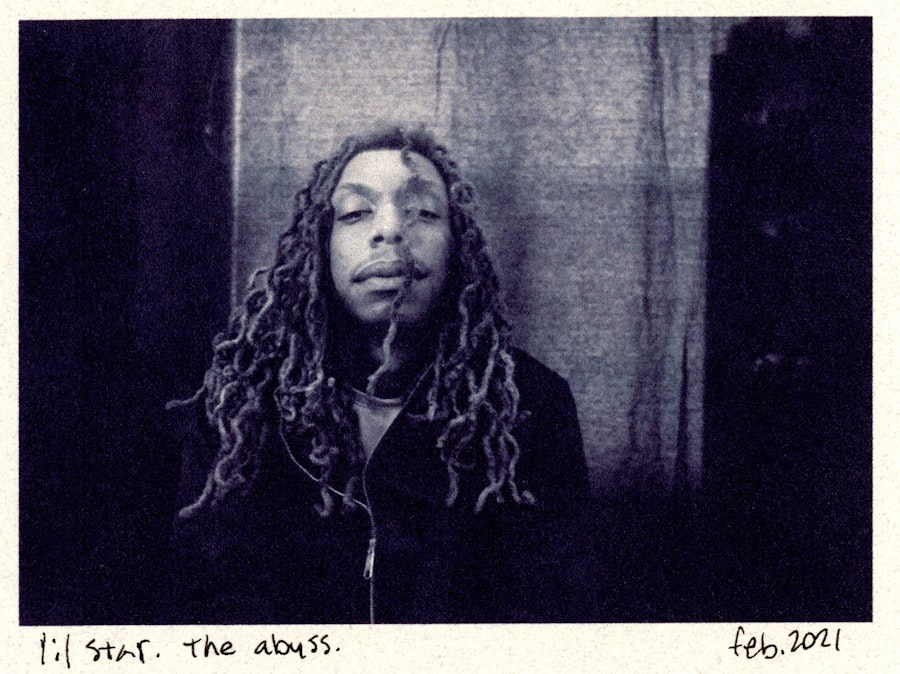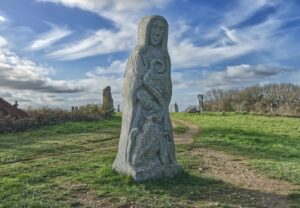The Restoration Period, spanning from 1660 to 1688, marked a significant turning point in English history, characterized by the return of Charles II to the throne after a tumultuous period of civil war and republican rule. This era was not only a time of political upheaval but also a vibrant cultural renaissance that saw the flourishing of arts, literature, and social change. The reopening of theaters, the emergence of new literary forms, and the reestablishment of the monarchy created an environment ripe for innovation and expression.
The Restoration is often celebrated for its contributions to drama, poetry, and prose, but it also laid the groundwork for a more pronounced role of women in various spheres of life. During this period, women began to assert their presence in literature and the arts, challenging traditional gender roles and expectations. The Restoration saw the emergence of female writers who not only contributed to the literary landscape but also engaged with contemporary social and political issues.
This era was marked by a growing awareness of women’s rights and capabilities, as well as a burgeoning interest in their perspectives. The interplay between societal norms and individual expression during this time set the stage for future generations of women writers and thinkers, making the Restoration a pivotal moment in the history of women’s voices in England.
Key Takeaways
- The Restoration Period in England marked a time of significant social, political, and cultural change following the English Civil War and the rule of Oliver Cromwell.
- Women’s writing and literature in the Restoration Period saw a surge in female authors and poets, challenging traditional gender roles and addressing issues of power and agency.
- Women played a significant role in politics and society during the Restoration Period, advocating for social and legal reforms and engaging in political activism.
- Female playwrights and actors made notable contributions to the theater during the Restoration Period, challenging gender norms and providing a platform for women’s voices to be heard.
- Women’s voices in religion and philosophy during the Restoration Period offered new perspectives on spirituality, morality, and ethics, contributing to ongoing discussions about gender equality and women’s rights.
Women’s Writing and Literature in the Restoration Period
The Restoration Period witnessed a remarkable surge in women’s writing, with several notable figures emerging as influential voices in literature. One of the most prominent was Aphra Behn, often regarded as the first professional female writer in English literature. Behn’s works, including her play “The Rover,” challenged societal norms by presenting strong female characters who navigated their desires and ambitions in a male-dominated world.
Her writing not only entertained but also provoked thought about gender roles and the complexities of love and power. Behn’s bold exploration of themes such as sexuality and autonomy paved the way for future female authors to express their own experiences and perspectives. In addition to Behn, other women writers such as Mary Astell and Eliza Haywood made significant contributions to the literary landscape.
Astell’s “A Serious Proposal to the Ladies” advocated for women’s education and intellectual development, arguing that women should have access to the same educational opportunities as men. Her work was groundbreaking in its call for women’s empowerment through knowledge. Meanwhile, Haywood’s novels often depicted women’s struggles within romantic relationships, reflecting the societal constraints placed upon them.
Through their writings, these women not only entertained readers but also engaged in critical discussions about gender, identity, and societal expectations.
Women’s Role in Politics and Society

The Restoration Period was not only a time of artistic flourishing but also a period where women began to carve out more significant roles in politics and society. The return of Charles II brought about a renewed interest in court life, where women played crucial roles as patrons of the arts and influencers within political circles. The court became a space where women could exert their influence, often through their relationships with powerful men.
Figures such as Barbara Villiers, Duchess of Cleveland, wielded considerable power as mistresses to the king, using their positions to advocate for political causes and gain favor. Moreover, the political landscape of the Restoration was marked by debates over issues such as monarchy versus republicanism, which provided women with opportunities to engage in political discourse. Women began to participate more actively in salons and gatherings where ideas were exchanged, allowing them to voice their opinions on matters that affected their lives.
This shift was significant as it marked a departure from previous eras where women’s roles were largely confined to domestic spheres. The emergence of political pamphlets and essays written by women further illustrated their growing engagement with contemporary issues, showcasing their ability to contribute meaningfully to public discourse.
Female Playwrights and Actors in the Restoration Period
The theater experienced a renaissance during the Restoration, with women taking on prominent roles both as playwrights and actors. The reopening of theaters in 1660 allowed for a new wave of creativity, and women began to break into what had previously been an exclusively male domain. Female playwrights like Aphra Behn not only wrote plays that were performed but also challenged the conventions of drama by creating complex female characters who defied societal expectations.
Behn’s works often featured themes of love, betrayal, and desire, reflecting the intricacies of human relationships while providing audiences with relatable female protagonists. In addition to playwrights, women also made significant strides as actors during this period. The first professional female actresses took to the stage in England after the ban on women performing was lifted.
Actresses like Nell Gwynne became celebrated figures in their own right, captivating audiences with their performances and charm. Gwynne’s rise from humble beginnings to becoming one of Charles II’s mistresses exemplified how women could navigate the complexities of public life while maintaining their agency. The presence of women on stage not only transformed theatrical performances but also challenged societal perceptions of femininity and morality.
Women’s Voices in Religion and Philosophy
The Restoration Period also saw women engaging with religious and philosophical thought, contributing to discussions that had traditionally been dominated by men. Women like Margaret Cavendish explored philosophical ideas through their writings, challenging established norms and advocating for women’s intellectual capabilities. Cavendish’s works often questioned the nature of knowledge and authority, positioning women as active participants in philosophical discourse rather than passive recipients of male-dominated ideologies.
In religious contexts, women began to assert their voices within various denominations, contributing to theological discussions that shaped religious practices.
Their writings reflected a growing recognition of women’s spiritual experiences and intellectual contributions to religious thought.
Legacy of Women’s Voices in the Restoration Period

Challenging Societal Norms through Literature
The boldness exhibited by female authors like Aphra Behn set a precedent for future women writers who would continue to challenge societal norms through their work. The themes explored by these early writers—such as autonomy, desire, and identity—resonated throughout literary history, paving the way for movements like Romanticism and later feminist literature.
A Shift in Societal Attitudes toward Gender Roles
Moreover, the increased visibility of women in politics, theater, religion, and philosophy during this period contributed to a gradual shift in societal attitudes toward gender roles. The discussions initiated by women writers and thinkers laid the groundwork for later feminist movements that would advocate for women’s rights and equality in various spheres of life.
A Lasting Legacy of Gender Equality and Representation
In conclusion, while the Restoration Period is often remembered for its artistic achievements and political developments, it is equally important to recognize the significant contributions made by women during this time. Their writings, performances, and engagement with societal issues not only enriched the cultural landscape but also challenged prevailing notions about gender roles. The legacy of these women’s voices continues to inspire contemporary discussions about gender equality and representation in literature and beyond.
Women’s Voices in the Restoration Period is a fascinating topic that sheds light on the literary contributions of women during a pivotal time in history. For further exploration of gender roles and societal norms, readers may be interested in the article Indian Society: Exploring Concepts and Institutions. This article delves into the complexities of Indian society and offers insights into the roles and expectations placed on women in different cultural contexts. By comparing and contrasting these perspectives, readers can gain a deeper understanding of the challenges and triumphs faced by women throughout history.






















+ There are no comments
Add yours